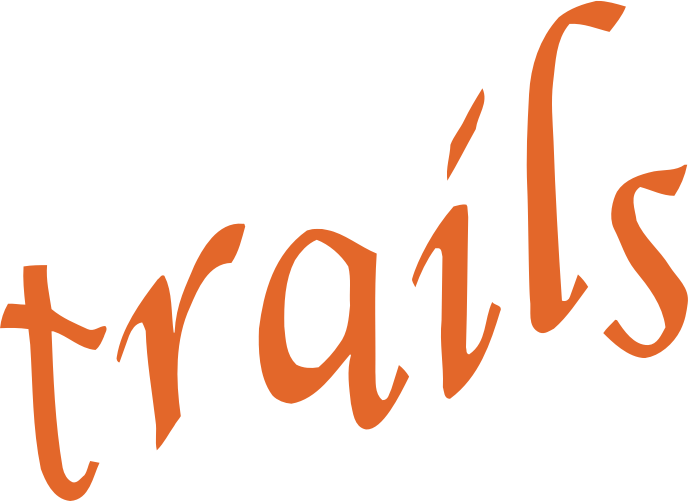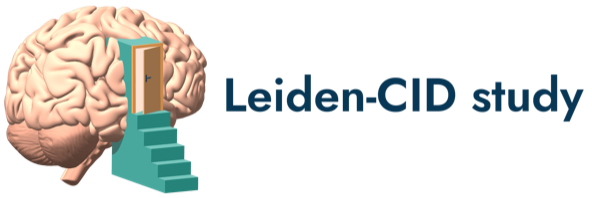-
measure Behavior Rating Inventory of Executive Function (BRIEF)
Study: Generation R Mode of collection: SelfAdministeredQuestionnaire Available measurements: Generation R 4 years 13-14 yearsThe Brief Rating Inventory of Executive Function (BRIEF) assesses parent-reported executive functions related to inhibition, shifting, emotional control, working memory and planning in children in everyday life. The BRIEF consists of 86 items that form eight subscales: Inhibit (10 items), Working memory (10 items), Shift (8 items), Emotional control (10...Created October 17, 2024 • Updated October 20, 2024 -
measure Auditory Continuous Performance Test for Preschoolers (ACPT-P)
Study: Generation R Mode of collection: MeasurementsAndTests Behavioral/cognitive task Available measurements: Generation R 4 yearsThe Auditory Continuous Performance Test for Preschoolers (ACPT-P) is a tool used to assess the auditory attention and sustained attention abilities of preschool-aged children. It involves a series of auditory stimuli presented to the child, and the child is required to respond to specific target stimuli, and repress their response for others (go-no go).Created October 17, 2024 • Updated October 20, 2024 -
measure Childhood Executive Functioning Inventory (CHEXI)
Study: TRAILS Mode of collection: SelfAdministeredQuestionnaire Available measurements: The Next Generation NEXT - T4 NEXT - T5The Childhood Executive Functioning Inventory (CHEXI) is a validated assessment of executive functioning. It includes items on reported inhibition, regulation, working memory, and planning.Created October 17, 2024 • Updated October 20, 2024 -
measure Delay of gratification task - Marshmallow task
Study: TRAILS Mode of collection: Observation Available measurements: The Next Generation NEXT - T4 NEXT - T5The Delay of Gratification task aims to measure self-regulation by presenting the child with the choice between a small reward in the short-term and a larger reward in the long-term. The classic implementation of the Delay of Gratification task is the Marshmallow experiment, in which a child is presented with one marshmallow right now and is instructed...Created October 17, 2024 • Updated October 20, 2024 -
measure Delay Discounting - Marshmallow task
Study: L-CID Mode of collection: Observation Available measurements: Early Childhood Cohort ECC - T2 ECC - T3The Delay of Gratification task aims to measure self-regulation by presenting the child with the choice between a small reward in the short-term and a larger reward in the long-term. The classic implementation of the Delay of Gratification task is the Marshmallow experiment, in which a child is presented with one marshmallow right now and is instructed...Created October 17, 2024 • Updated October 20, 2024 -
measure Delay of gratification task
Study: YOUth Mode of collection: Observation Available measurements: Baby and Child 3 yearsThe Delay of Gratification task aims to measure self-regulation by presenting the child with the choice between a small reward in the short-term and a larger reward in the long-term. The classic implementation of the Delay of Gratification task is the Marshmallow experiment, in which a child is presented with one marshmallow right now and is instructed...Created October 17, 2024 • Updated October 20, 2024 -
measure Hand Game
Study: YOUth Mode of collection: Observation Available measurements: Baby and Child 3 yearsThe Hand game aims to measure non-verbal inhibitory control in children aged 3 to 5 years and is based on the adapted hand game by Hughes (1996). During the task, the child is asked to place a flattened hand on the table whenever the researcher presents a fist and to present a fist whenever the researcher places a flattened hand on the table. Each child...Created October 17, 2024 • Updated October 20, 2024




